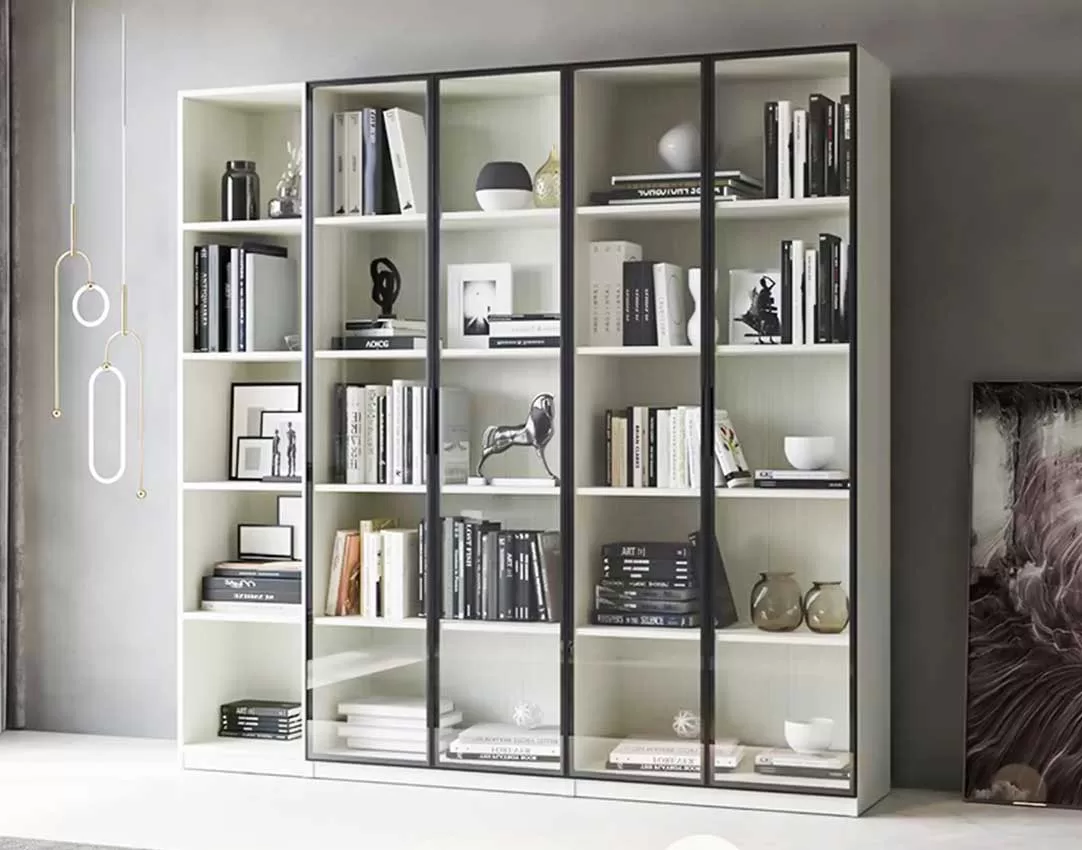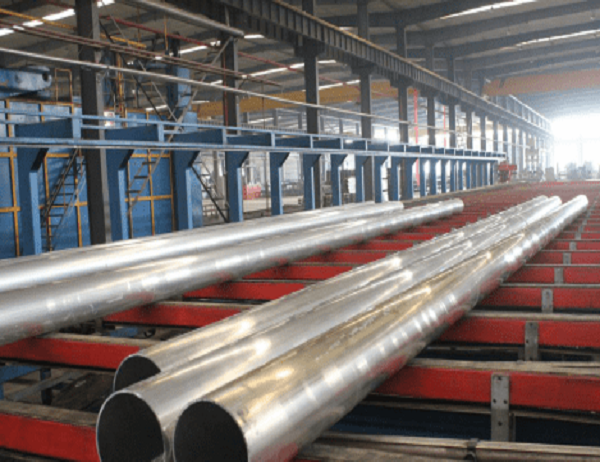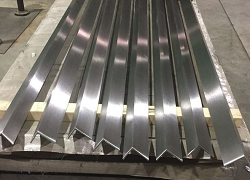Kitchen cabinets are an essential part of any kitchen. They provide storage for food, cookware, and other kitchen essentials. However, over time, kitchen cabinets can become damaged or worn out. This can be due to a number of factors, including exposure to moisture, heat, and wear and tear. Fortunately, there is a way to improve the longevity of kitchen cabinets: aluminum profiles.
Aluminum profiles are thin strips of aluminum that are applied to the edges of kitchen cabinet doors and drawers. They serve a number of purposes, including:
Protecting the edges of the cabinet from damage. Aluminum is a strong and durable material that can withstand wear and tear. This helps to protect the edges of the cabinet from becoming chipped, dented, or scratched.
Preventing moisture from seeping into the cabinet. Aluminum is also a waterproof material. This helps to prevent moisture from seeping into the cabinet, which can cause the cabinet to swell and warp.
Improving the appearance of the cabinet. Aluminum profiles can give kitchen cabinets a more polished and finished look. This can help to improve the overall appearance of the kitchen.
In addition to these benefits, aluminum profiles are also relatively easy to install. They can be applied to the edges of the cabinet using a simple adhesive. This makes them a great DIY project for homeowners who want to improve the longevity of their kitchen cabinets.
There are several benefits to using aluminum profiles to improve the longevity of kitchen cabinets. These benefits include:
Increased durability: Aluminum profiles are strong and durable, which helps to protect the edges of the cabinet from damage.
Waterproof: Aluminum is a waterproof material, which helps to prevent moisture from seeping into the cabinet.
Improved appearance: Aluminum profiles can give kitchen cabinets a more polished and finished look.
Easy to install: Aluminum profiles are relatively easy to install, making them a great DIY project for homeowners.
Installing aluminum profiles on kitchen cabinets is a relatively simple process. The following steps will help you to complete the installation:
1. Clean the edges of the cabinet. The first step is to clean the edges of the cabinet to remove any dirt or debris. This will help to ensure that the adhesive will bond properly.
2. Apply the adhesive to the aluminum profile. Once the edges of the cabinet are clean, apply a thin bead of adhesive to the back of the aluminum profile.
3. Press the aluminum profile into place. Press the aluminum profile into place on the edge of the cabinet. Be sure to press firmly to ensure that the adhesive bonds properly.
4. Allow the adhesive to dry. Allow the adhesive to dry completely before using the cabinet. This will help to ensure that the aluminum profile is securely attached.
By following these steps, you can easily install aluminum profiles on your kitchen cabinets and improve their longevity.



